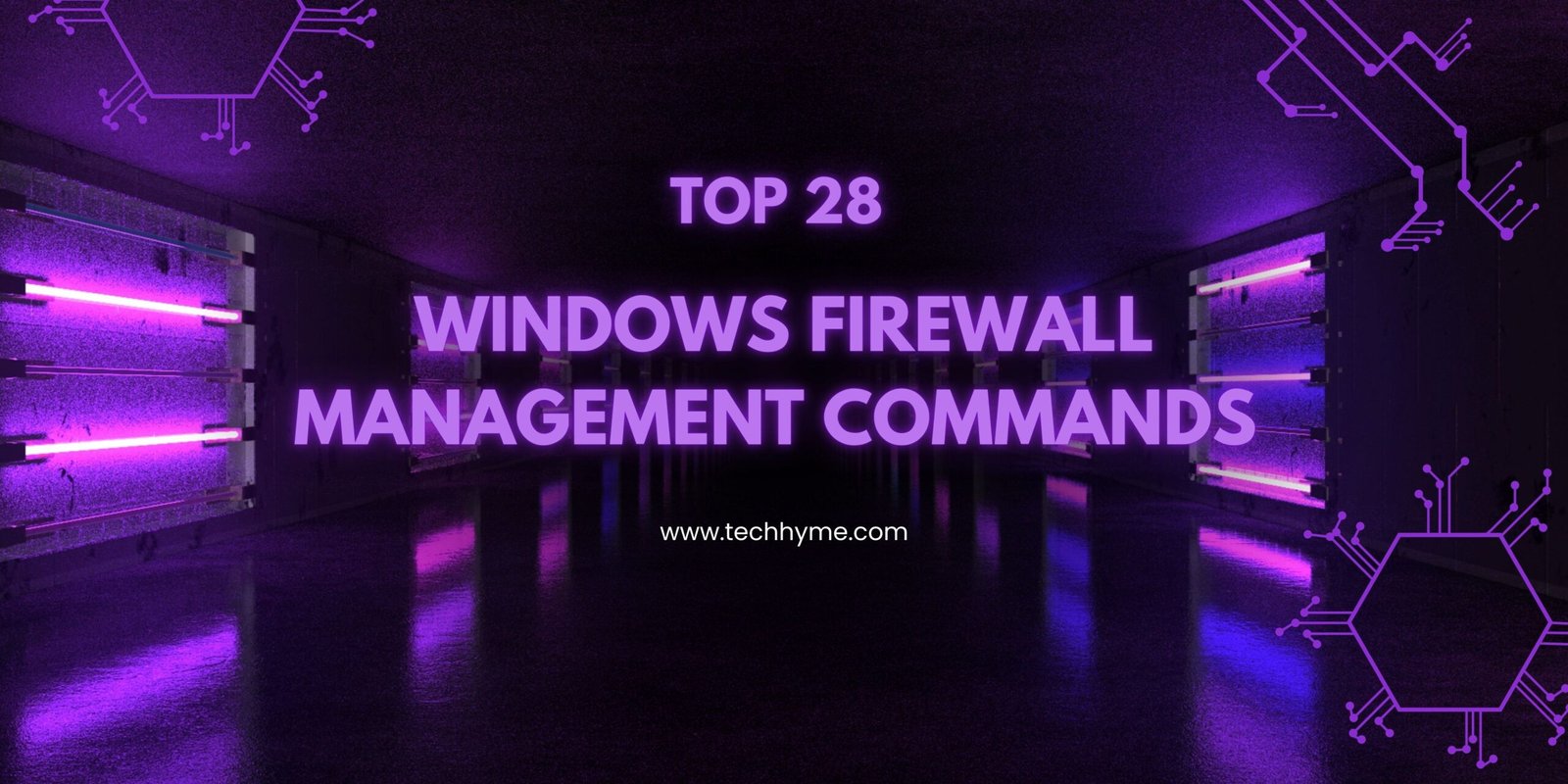
Cloud computing has transformed the way businesses and individuals access and utilize technology resources. While Infrastructure as a Service (IaaS), Platform as a Service (PaaS), and Software as a Service (SaaS) have been the prominent cloud service categories, the ever-evolving cloud ecosystem has given rise to several other emerging types that are gaining popularity. These emerging cloud service categories offer specialized solutions to address specific needs, providing even more options for organizations to leverage the power of the cloud.
In this article, we will delve into some of these emerging cloud service categories and explore their unique offerings.
- Compute as a Service (CaaS)
- Database as a Service (DBaaS)
- Desktop as a Service (DaaS)
- Identity as a Service (IDaaS)
- Network as a Service (NaaS)
- Security as a Service (SECaaS)
- Storage as a Service (STaaS)
1. Compute as a Service (CaaS):
Compute as a Service allows for the execution of compute-intensive workloads in the cloud. CaaS enables customers to run code in a serverless environment, where they are charged only for the computing time and resources they consume. This eliminates the need for setting up and managing server instances, making it a cost-effective and efficient option for running computational tasks.
2. Database as a Service (DBaaS):
Database as a Service is a subscription-based service where the cloud provider takes care of installing, configuring, securing, and maintaining the database infrastructure. Cloud customers are only responsible for loading their data and schema into the managed database. DBaaS reduces the burden of database administration, allowing organizations to focus on their core business functions.
3. Desktop as a Service (DaaS):
Desktop as a Service is a cloud-based alternative to traditional Virtual Desktop Infrastructure (VDI). In DaaS, the cloud provider hosts and manages virtual desktop interfaces, allowing users to access their desktop environment from any device with an internet connection. This model offers greater flexibility, accessibility, and scalability for organizations with remote or distributed teams.
4. Identity as a Service (IDaaS):
Identity as a Service is a subscription-based service that provides Identity and Access Management (IAM) and Single Sign-On (SSO) capabilities over the internet. IDaaS eliminates the need for on-premises deployment of identity solutions, allowing organizations to manage user identities more efficiently and securely.
5. Network as a Service (NaaS):
Network as a Service is a cloud-based virtual network where customers can quickly and easily configure network settings through software interfaces. NaaS replaces the traditional need for physical cabling and hardware appliances, providing a more flexible and dynamic network infrastructure.
6. Security as a Service (SECaaS):
Security as a Service enables companies to outsource their security operations to external vendors. These vendors manage technologies such as Intrusion Detection Systems (IDSs), Intrusion Prevention Systems (IPSs), Data Loss Prevention (DLP), and anti-virus implementations. SECaaS allows organizations to enhance their security posture without the need for extensive in-house resources and expertise.
7. Storage as a Service (STaaS):
Storage as a Service is a cloud offering where the provider supplies storage space and solutions on a subscription basis. Cloud customers are billed based on the amount of storage they consume or reserve. STaaS provides a scalable and flexible storage solution, accommodating the growing data demands of modern businesses.
As the cloud computing landscape continues to evolve, these emerging cloud service categories offer innovative solutions to address specific business challenges. Organizations can take advantage of these specialized services to optimize their operations, reduce costs, and enhance their overall technology infrastructure. The flexibility and diversity of cloud service offerings ensure that there is a perfect fit for every organization’s unique requirements, making the cloud a transformative force in the digital era.









This Post Has 3 Comments